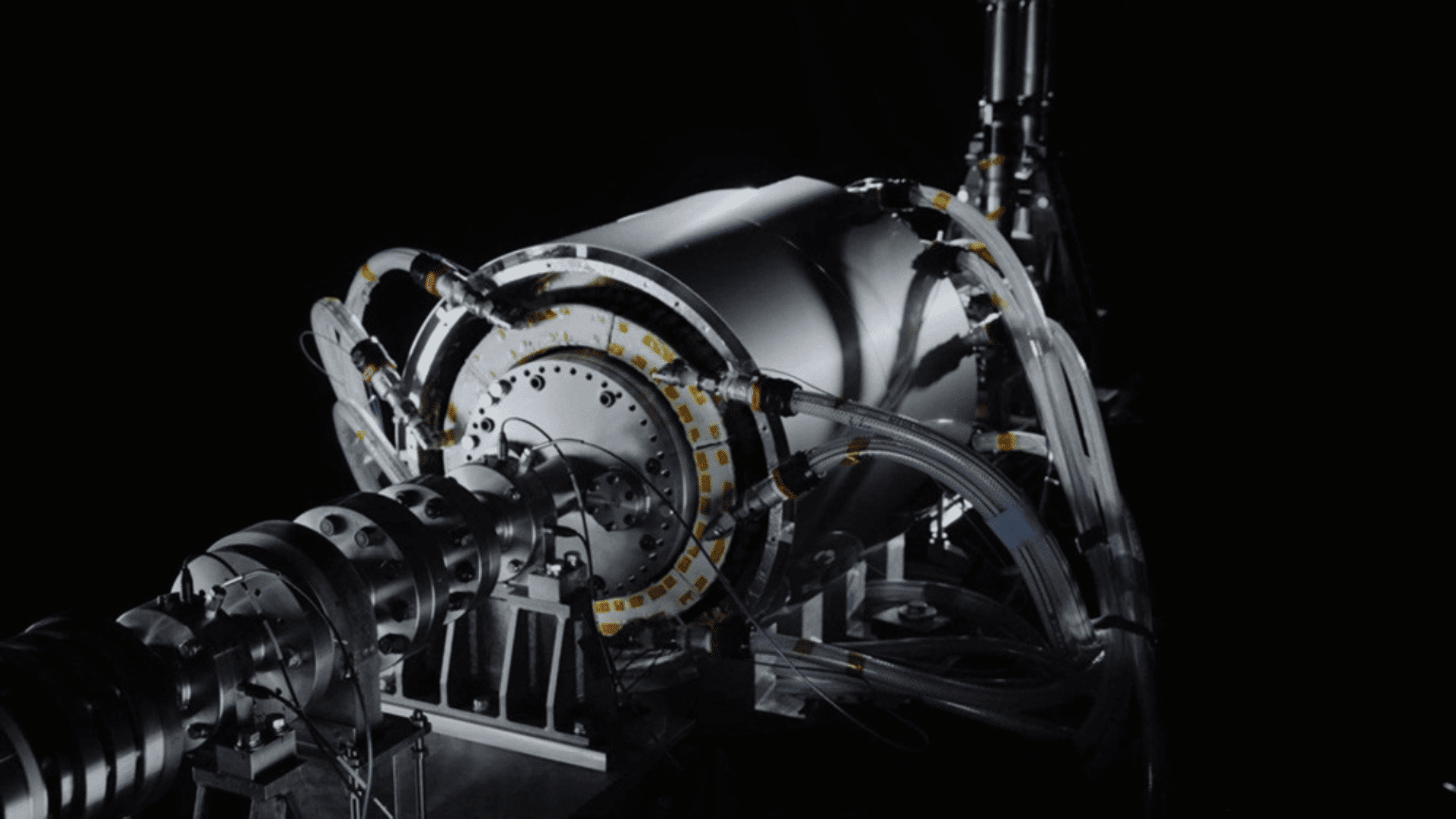Achieving net-zero CO2 emissions in the aviation industry requires more than just sustainable aviation fuel. In the pursuit of net-zero by 2050, the aviation industry demands “fundamental innovation” in aircraft design. A partnership between aircraft giant Airbus and tech leader Toshiba is leading the charge.
According to the companies, they’ve developed a breakthrough superconducting motor designed for hydrogen-powered flight.
The Future of Hydrogen-Powered Transportation

Toshiba unveiled the superconducting motor in 2022, showcasing a potential solution to the need for high power with minimal weight. According to Fumitoshi Mizutani, who leads the motor development project at Toshiba, the initial prototype demonstrated remarkable efficiency.
In 2022, we succeeded in developing a prototype superconducting motor that is both lightweight and compact, but still capable of delivering high output of 2 megawatts,” Mizutani said. “It is one-tenth the weight of conventional products with the same output.”
The prototype’s compact size and favorable output drew the attention of Airbus. The company is developing zero-emission, hydrogen-powered aircraft that could utilize a superconducting motor.
According to engineers, the motor’s technology, specifically the electric method where hydrogen fuel cells generate power, is an ideal match for hydrogen propulsion. Superconductivity is the property of certain materials to achieve zero electrical resistance when cooled to cryogenic temperatures. They emphasize its ability to work in tandem with hydrogen storage.
If engineers want to use hydrogen as fuel, it must be liquified and stored at –
Toshiba leaders consider themselves pioneers because the company has put over 50 years of research into this field. However, hydrogen’s availability remains a barrier. Despite the hurdles, they expect the superconducting motor to boost fuel efficiency and flight range. Additionally, it holds promising applications beyond aviation into shipping and space development.
Shibata and Mizutani said, “As engineers, there’s something truly romantic and exciting about developing next-generation aircraft.”







